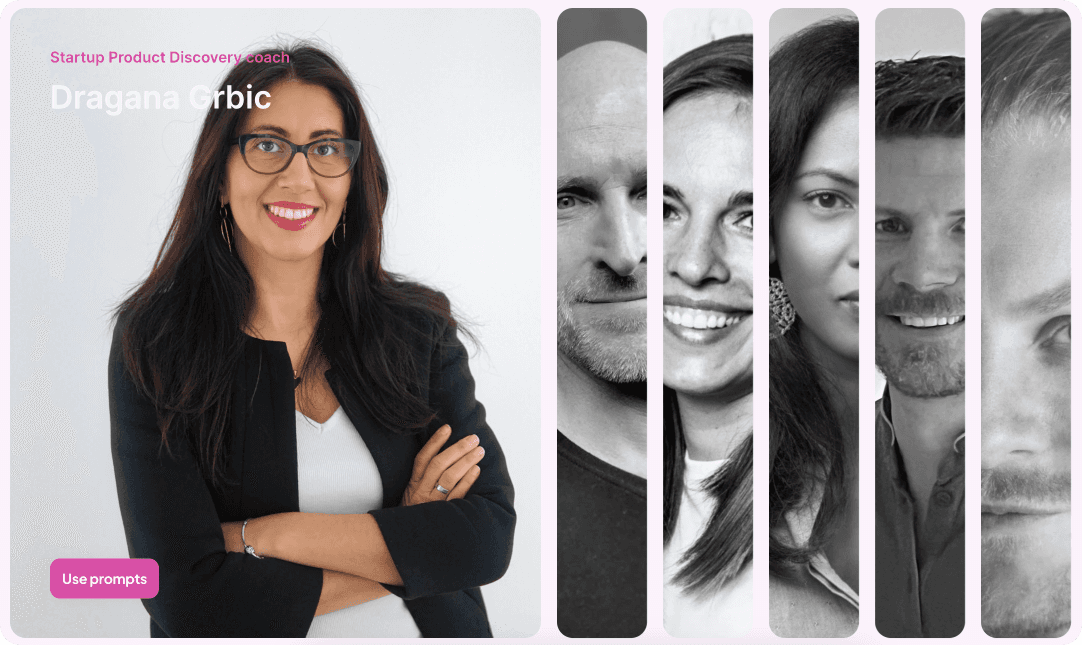Jan 25, 2023
Moodi Mahmoudi
"For every dollar you spend researching functionality during the design phase, it costs $10 to redesign that functionality during development, and it costs $100 or more after release," says Robert Pressman, the author of Software Engineering: A Practitioner’s Approach.
That's the business case for product discovery.
Simply put, thorough and effective discovery work can save you 10 to 100 times the costs, time and effort you’d otherwise spend addressing unforeseen customer needs and wants.
As 2023 brings continued economic uncertainty and ever tighter budgets, good discovery will be what separates the teams that unlock customer value and grow, and those that continue to rework their work and stagnate.
Backlogs don’t lie
Too many product teams operate on the motto, “If you build it, they will come”.
But do they? Think Amazon Fire Phone. Google Glass. Then there’s Quibi — the short-lived streaming platform that launched on April 6, 2021, only to announce its shutdown on October 21 after burning through a billion dollars of funding.
These products all failed to address a customer need or want.
In Susan Weinschenk’s white paper, Usability: A Business Case, she argues that up to 50% of the work that goes into software product development is rework that could be avoided if more effort had been put into the discovery process validating the initial scope of work.

Other research by Clare-Marie Karat, a well-known usability expert and IBM Researcher, reveals that 80% of maintenance costs come down to unforeseen user requirements after initial launch.
Ouch!
#DiscoveryMatters
Creating products customers love requires a mix of discovery – identifying and understanding the needs and wants of customers, and delivery – designing, creating, and bringing the product to market.
In 2001, a group of engineers formalized this intertwined discovery and delivery flow in the Agile Manifesto. "They advocated for a) shorter cycles with more frequent feedback, b) constant pace (sustainable), c) maximum flexibility, and d) simplicity", summarizes Teresa Torres in her book, Continuous Discovery Habits.

Photograph of Andy Hunt’s notes where you can see the changing order as the group works towards the final version of the Agile Manifesto. Snowbird, Utah 2001. @Kaizenko
Teresa Torres goes on to recount, "They were concerned with how much of what they built was never used or offered limited value and instead advocated for teams to ruthlessly limit what they built."
What followed was a tsunami of agile transformation initiatives across teams and organizations of all sizes across all industries.
And yet, after an agile transformation, many teams continued to suffer from high amounts of waste and rework as a result of unvalidated backlog items. So much so that Silicon Valley Product Group’s Marty Cagan, author of INSPIRED and EMPOWERED, took to the Internet in a 2012 piece titled Dual-Track Agile, which explicitly calls out the two tracks in agile–discovery and the delivery. He says, "The discovery track is all about quickly generating validated product backlog items, and the delivery track is all about generating releasable software."
Elevating discovery to parallel delivery will let you rejig your work to ruthlessly focus on delivering customer value rather than lines of code.
And the result? You'll:
⚡ Build better products
💨 Accelerate time to product market-fit
💰 Spend [way] less developments costs
So — what now?
Over the past two decades, tools like Jira, GitHub, or Azure DevOps have become the system of record for tracking product delivery. And rituals such as sprint planning, standups, and retrospectives now orchestrate teams’ daily routines.
Like delivery, discovery too needs tools and rituals that let product managers, designers, and engineers work alongside each other to create and validate backlog items for delivery that fulfill customer needs and wants – all backed by evidence gathered in discovery.
Purpose-built product discovery platforms like NEXT let you collect, analyze, and share customer needs and wants in ways that bring your customers into every product decision. Native integrations weave NEXT seamlessly into your current delivery infrastructure, investments, and rituals, making it quick and easy to adopt.
How much time you spend on discovery vs. delivery will have a big impact on customer happiness, your market success, and money you'll need to spend to get there.
Visit NEXT to get started today – it's free now and free forever.




